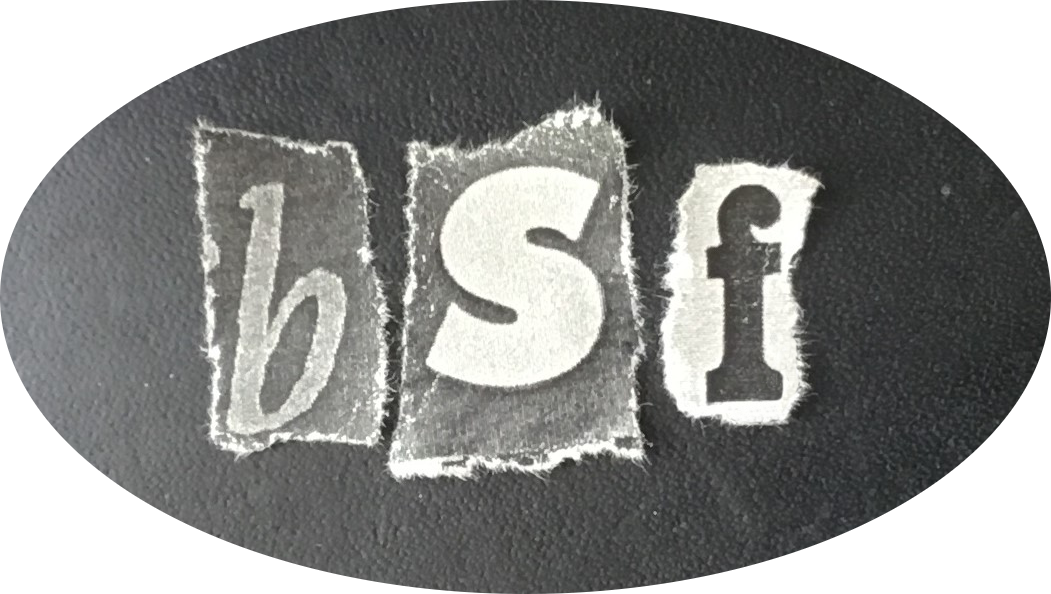This month, the Body, Self and Family project are running a series of exciting events as part of the Being Human Festival, the only nationwide festival celebrating the humanities in the UK. Titled ‘Made Up: Health and Beauty Secrets Past and Present’, our event series includes ‘Beauty School Drop In’, a historical beauty salon where visitors will be able to archive their past looks, hear historical talks and get their nails done, and ‘Faces’, a photography and oral history exhibition documenting changing Essex style. At the exhibition, it will be our pleasure to host Lu Williams of Grrrl Zine Fair, who will be running a zine workshop. Organized by our Senior Postdoctoral Research Assistant Daisy Payling, the events aim to illustrate the important part that make-up and beauty has played in people’s lives, past and present, as both a form of creative self-expression and a means to blend in. These events will touch on debates within feminism about the value of make-up and beauty in women’s everyday lives. Members of the Women’s Liberation Movement, for example, have since told how they negotiated these debates when considering their personal fashion and beauty choices in 1970s and 1980s Britain. By exploring these individual negotiations, we develop a greater sense of how ideas relating to health, beauty and politics intersected in women’s day-to-day lives. We can then understand more explicitly how the personal is political.
From the late 1960s onwards, some members of the Women’s Liberation Movement (WLM) in Britain argued that make-up reinforced patriarchal norms of femininity. This perspective was aligned with a broader second-wave feminist critique of women’s depiction in society. From 1969 to 1972, members of the London Women’s Liberation Workshop protested at the annual Miss World beauty competition, held at the Royal Albert Hall. Picketing outside and later invading the stage, the protestors argued that the competition dehumanized women by focusing only on their beauty and sexuality. Such contests encouraged women to conform to restrictive and often unachievable beauty standards. ‘We’re not beautiful or ugly!’ protest signs on the picket line stated. ‘We’re angry!’.
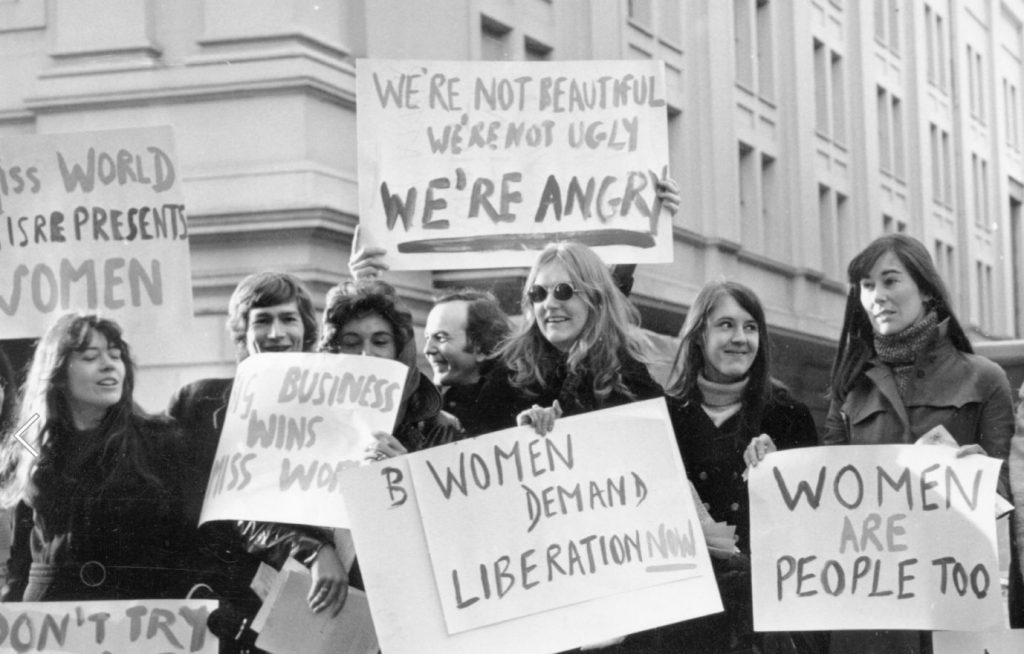
Members of the London Women’s Liberation Workshop protest at the 1970 ‘Miss World’ contest (Source: Getty Images).
Some WLM members rejected normative beauty standards through their personal fashion choices. Writing in 1996, Sue O’Sullivan, a London Women’s Liberation Workshop member and subsequent lesbian health campaigner, described how she adopted loose-fitting, functional clothing. She felt that her outfits undermined the fashion industry’s manipulation of women’s insecurities.[1] In a 1978 edition of feminist magazine Spare Rib, author Angela Carter described her rejection of high heels. Carter believed that the ‘ill-balanced, juddering walk’ they generated recreated women’s unstable, repressive position in society.[2]
Others members of the WLM, however, promoted make-up and beauty as an empowering exercise – a means to enhance their feelings of personal strength and to express themselves. In 1969, the grassroots Women’s Liberation periodical Shrew documented a women’s group meeting at which several members defended make-up. One discussant stated that make-up helped her to feel less ‘defenceless and inadequate’. Another asserted that she applied cosmetics to enhance her self-confidence. She felt that make-up was ‘liberating’ because it allowed her to cover up a severe form of acne that made her feel self-conscious.[3] These promotions of make-up were not well-received elsewhere in the WLM. Sue O’Sullivan stated that activists who extolled these views were simply internalizing repressive ideals of femininity.[4]
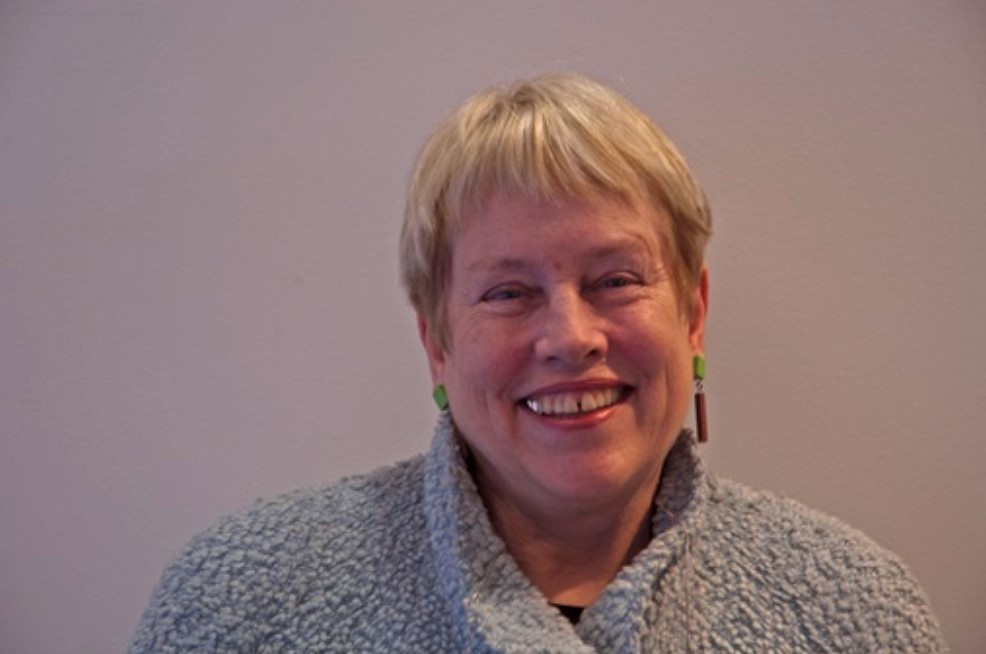
Sue O’Sullivan (Source: British Library –https://www.bl.uk/people/sue-osullivan)
Numerous women involved in Women’s Liberation politics were aware of the Movement’s divided attitudes to make-up. Many felt compelled to negotiate the terms of the debate when making their everyday fashion and beauty choices. Interviewed in 1990, activist Janet Rees stated that she had been aware of the feminist rejection of normative beauty standards. Rees recalled, however, that she refused to give up make-up and perfume because she liked feeling feminine.[5] From 1974 to 1976, Ruthie Smith was the vocalist and saxophonist in feminist band The Stepney Sisters. Smith defined herself as a ‘bit of a rebel’ in the band. ‘All the women in the band wore dungarees’, she recalled, ‘and I wore, well I still wear, my Laura Ashley skirts’.[6] Rees and Smith suggested that they felt pressure to conform to a specific standard of feminist fashion. Such standards rejected the forms of feminine self-expression that they most enjoyed. In continuing to dress in a feminine way, they could rebel against the facets of the WLM that they deemed to be most restrictive – the ‘thought police in the women’s movement’, as Smith termed it – whilst continuing to promote the feminist politics that they strongly believed in.[7]
Media reporting in the late 1960s and early 1970s indicates that individuals beyond the WLM also held ideas about how its members dressed. Reporting on the first Women’s Liberation Movement conference, held at Ruskin College, Oxford, in 1970, The Times stated that many attendees were long-haired, young women wearing trousers and maxi coats.[8] Writer Jenny Diski later asserted that this “look” was routinely associated with youthful rebellion in 1960s Britain.[9] Other media reports, however, drew on the feminist rejection of feminine clothing to develop a stereotype oriented around tropes like “bra-burning” and “man-hating”. This stereotype homogenized and dehumanized the women involved in the WLM, and its perpetuation in the press often incited hostility against its members. In 1972, the Daily Mirror quoted one member of the public, who called for ‘male prestige’ to be reinstated in Britain. ‘Those bra-burning birds are in for a hiding’, he asserted.[10]
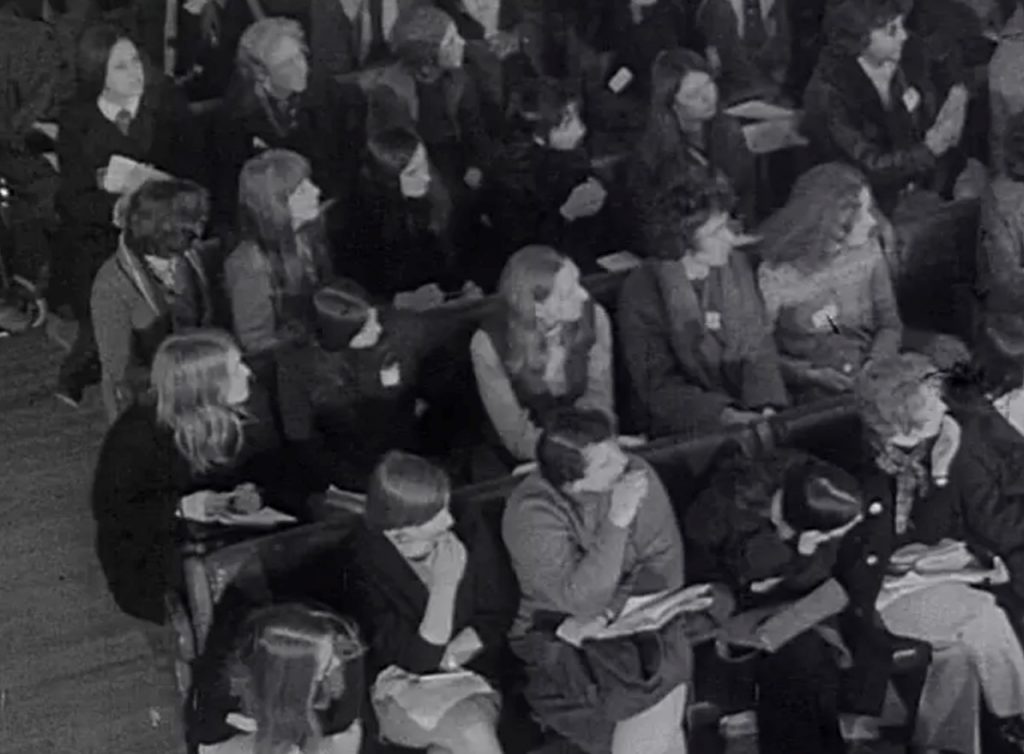
Women attend the first Women’s Liberation Conference at Ruskin College, Oxford in 1970.
Some WLM activists, however, saw the stereotyping of WLM members’ appearance and fashions as a means bolster their political power and further feminist causes. The late Diana Warren-Holland founded Portsmouth Rape Crisis in 1981. Warren-Holland told of the creative ways in which she manipulated assumptions about what feminists looked like when presenting herself at meetings with potential funders. ‘I thought, I’d better not wear these rough old jeans’, she recalled, ‘I’d better wear a skirt and some heels and a jacket and they went “ooh, I didn’t think that you’d look like that”’. Warren-Holland felt that ‘they thought feminist women looked very different’. In participating in this form of ‘myth-busting’, Warren-Holland ensured that ‘the money started to come in’. She believed that her brief conformity to standards of feminine dress enabled her to require the funding necessary to maintain a community-based organization that explicitly promoted feminist values. ‘Of course, underneath I was still the same’, Diane stated in 2011. ‘Slice me through and there’s still the feminist’.[11]
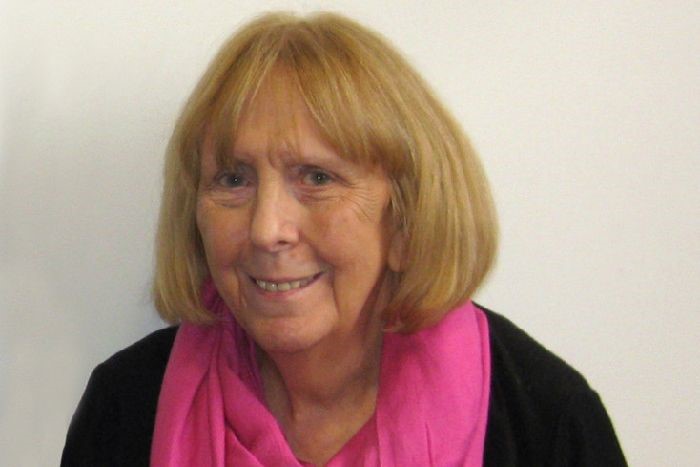
Diana Warren Holland (Source: https://www.portsmouth.co.uk/health/tributes-paid-to-founder-of-portsmouth-rape-crisis-service-1-5989500)
Through ‘Made Up: Beauty Secrets Past and Present’, we hope to encourage people to share their own stories and images of what make-up, beauty, fashion and self-expression means to them. We want to better understand and therefore celebrate the role that self-presentation has played across people’s lives. Beauty, fashion and make-up practices are often trivialized, despite the important role they play in people’s day-to-day life. In the WLM, make-up and fashion served as a significant point of contention for many of its members. Regardless of which side of the debate its members positioned themselves on, their everyday fashion and beauty choices were influenced by their desire to not only express themselves but also articulate their political values. In rejecting make-up, some WLM members critiqued the normative beauty standards perpetuated in Britain’s patriarchal society. Others, however, saw wearing feminine clothing as a means to highlight their individual identification with Women’s Liberation politics and further the provision of vital feminist causes. Through their fashion and beauty choices, women were able to enact their personal and political power.
More information about ‘Made Up: Beauty Secrets and Past and Present’
can be found here. Although all events are free, we strongly
recommend that you register using the links provided. We look forward to seeing
you there!
Kate Mahoney, November 2019
[1] Sue O’Sullivan, I Used to Be Nice: Sexual Affairs (London: Continuum, 1996), p. 49.
[2] Angela Carter, ‘The Message in the Spike Heel’, Spare Rib, No. 61 (August 1977), pp. 15-17 (p. 15).
[3] J. A., ‘This article on make-up is based upon a recent W11 discussion’, Shrew: Women’s Liberation Workshop (November/December 1969), p. 7.
[4] O’Sullivan, I Used to Be Nice, p. 18.
[5] Janet Rees, quoted in Michelene Wandor, Once A Feminist: Stories of a Generation (London: Virago, 1990), p. 103.
[6] Ruthie Smith, personal interview (London, 12 September 2016).
[7] Ibid.
[8] The Times, ‘Militancy in the Kitchens’ (2 March 1970), p. 4.
[9] Jenny Diski, The Sixties (London: Profile Books, 2009), p. 83.
[10] Daily Mirror, ‘The Lads Join a Pancake Race to Fight for Men’s Lib’ (11 February 1972), p. 7.
[11] Diane Warren Holland, personal interview (Portsmouth, 15 September 2011).
